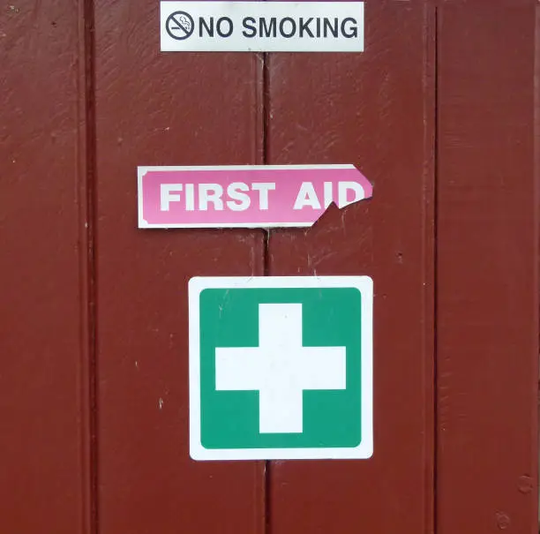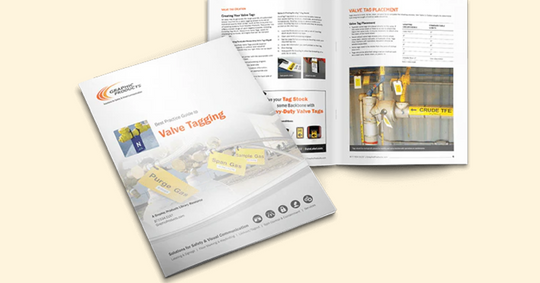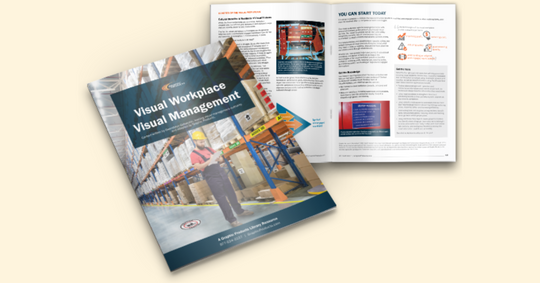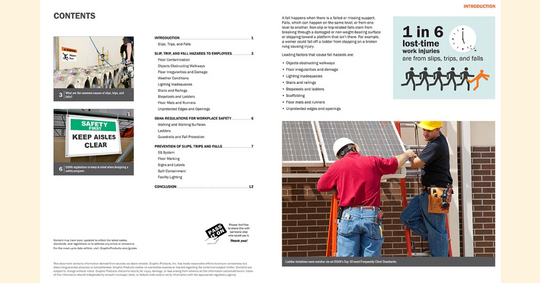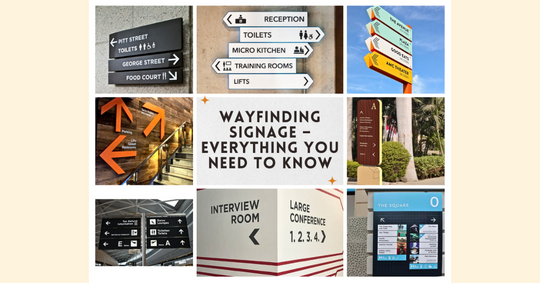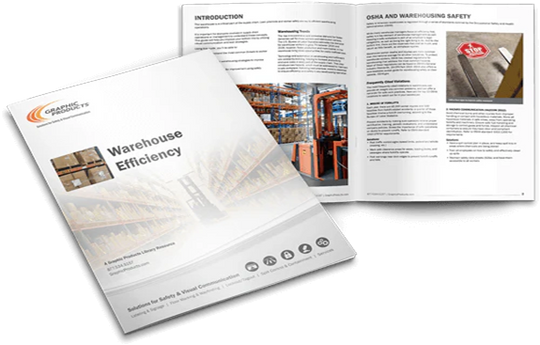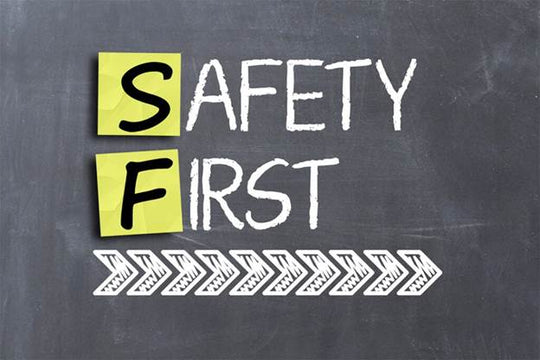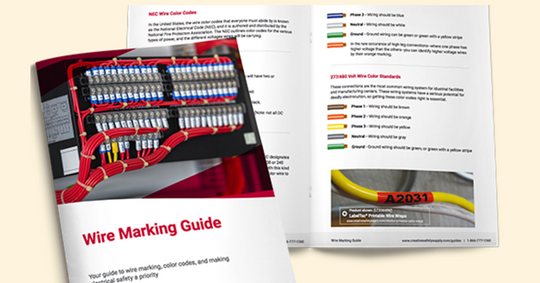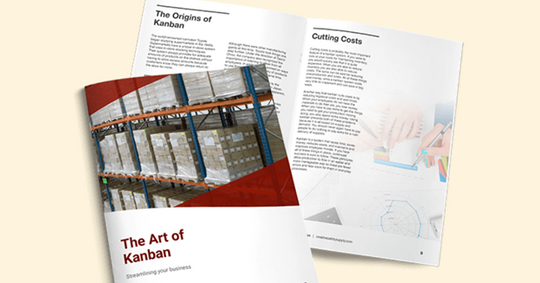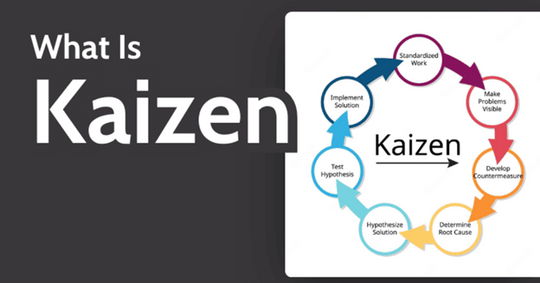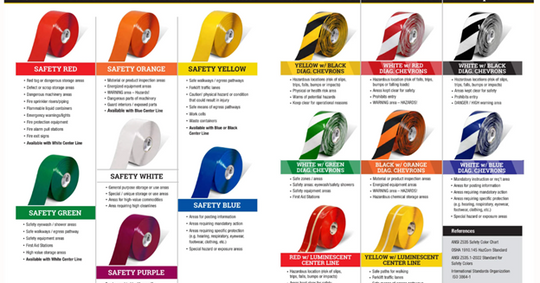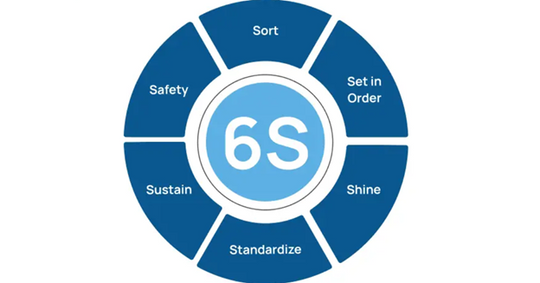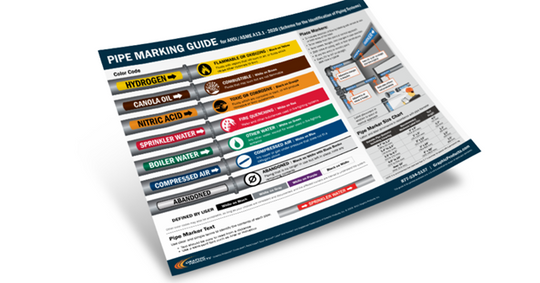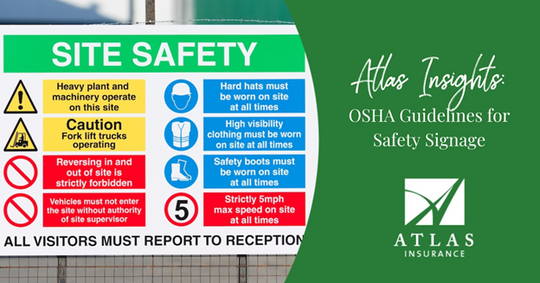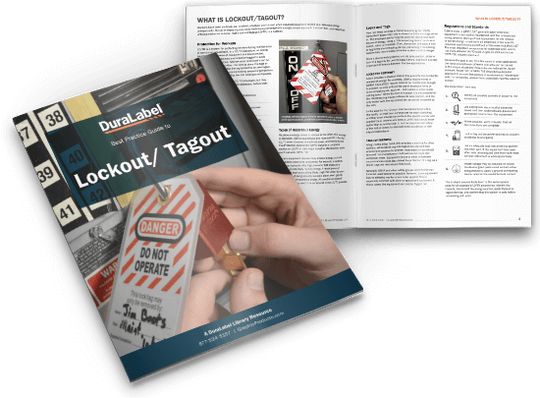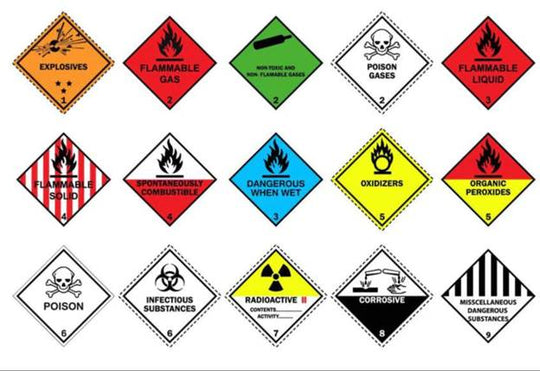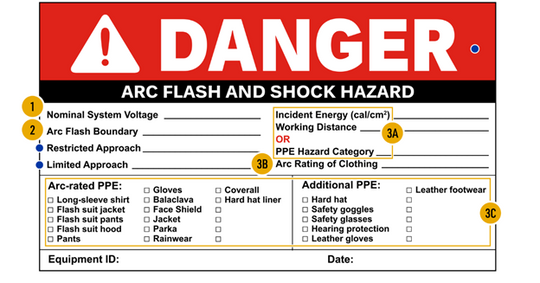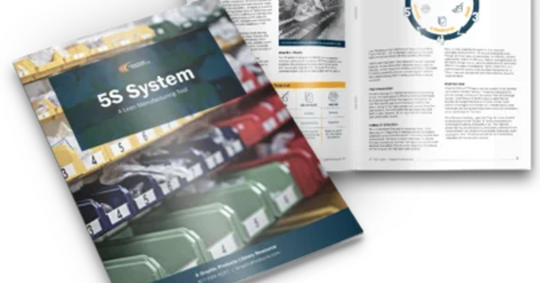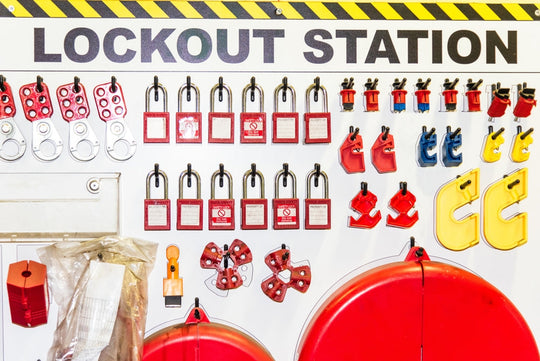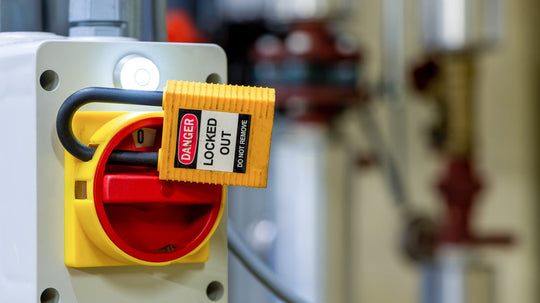Lockout Tagout Checklist Tips for Improved Workplace Safety
Introduction:Understanding Lockout Tagout (LOTO) Procedures
Workplace safety is a priority in every industry, and one of the key procedures to ensure that safety is maintained is Lockout Tagout (LOTO).
LOTO is a safety protocol that is used to prevent the accidental release of hazardous energy during maintenance or repair work. By following this procedure, workers can avoid serious injuries or fatalities caused by machinery or equipment starting unexpectedly.
Understanding the importance of lockout tagout procedures and knowing how to implement them correctly can make a significant difference in maintaining a safe work environment. This guide will walk you through the best practices, LOTO checklist essentials, and the necessary lockout tagout steps you need to establish and maintain an effective LOTO program.
Why Lockout Tagout is Crucial for Workplace Safety
Protecting Workers from Hazardous Energy
Hazardous energy can come in many forms: electrical, mechanical, hydraulic, pneumatic, chemical, and thermal.
If machinery is not properly de-energized before work begins, workers are at risk of exposure to these dangerous energy sources.
Lockout Tagout procedures ensure that all forms of hazardous energy are controlled and workers are protected from accidental machine startups, electrocution, or exposure to dangerous chemicals.
Reducing Risk of Accidents
Lockout Tagout is not just about compliance; it's about protecting lives. Every year, accidents caused by the improper use of lockout systems lead to injuries, fatalities, and significant downtime for businesses. By enforcing a strong LOTO program, you reduce the risk of these accidents and demonstrate a commitment to safety and employee well-being.
Key Elements of a Lockout Tagout Program
Proper Training
Training is one of the most crucial components of a successful lockout tagout program. All employees—whether they are authorized workers who perform maintenance or those who work in the vicinity of machinery—should receive training. This training must cover the purpose of lockout tagout, the procedure for de-energizing equipment, and the importance of proper communication.
Safety Procedures
A well-documented LOTO procedure is essential for ensuring that workers follow the correct steps. These procedures should outline how to identify energy sources, lock and tag out equipment, verify de-energization, and remove the lock and tag when the work is complete. Workplace safety procedures should be reviewed and updated regularly to ensure they stay relevant and effective.
Equipment and Tools
The right tools are vital for implementing lockout tagout procedures. This includes lockout tools such as padlocks, hasps, tags, and lockout kits. These devices ensure that equipment is securely locked out and that workers can visibly see that maintenance or repairs are taking place. Additionally, having a lockout tagout kit available for each area of the workplace helps ensure that all tools and equipment are accessible when needed.
Step-by-Step Lockout Tagout Checklist for Safety Compliance
An effective LOTO program should include a checklist to ensure that each step of the procedure is properly followed. Here’s a basic checklist to guide you through the lockout tagout process:
Preparation and Identification
Identify all energy sources for the equipment being worked on (e.g., electrical, mechanical, hydraulic).
Notify all affected employees of the planned lockout/tagout procedure.
Locking and Tagging the Equipment
Place a lockout device on each energy-isolating device.
Attach a tag with clear instructions about the work being done and contact information for the authorized worker.
Ensure the lock is secured with the proper key control.
Verification and Documentation
Test the equipment to verify that the energy has been effectively isolated.
Document the lockout/tagout procedure and include any additional safety considerations specific to the machinery or work environment.
Restoring Equipment
Once work is completed, ensure that all tools are removed from the equipment.
Notify affected employees that work is complete and the equipment will be re-energized.
Remove locks and tags in accordance with the procedure, and restore energy to the system.
Common Mistakes in Lockout Tagout Procedures and How to Avoid Them
While lockout tagout procedures are relatively straightforward, mistakes do happen. Here are some of the most common errors and how to avoid them:
Mislabeling Lockout Tags
Lockout tags need to be clear and legible. When workers don’t properly label the tags with the right information, it can lead to confusion about who is working on the equipment and what procedures are being followed.
Always ensure that lockout tags contain clear instructions, including the name of the authorized worker, the nature of the work being performed, and the expected completion time.
Incomplete Lockout Procedures
Lockout procedures must be thorough and comprehensive. Skipping steps, such as failing to verify de-energization or neglecting to communicate with affected employees, can lead to accidents. Review and test your procedures regularly to ensure they are up-to-date and cover all necessary steps.
Best Practices for Lockout Tagout Success
To ensure the long-term effectiveness of your lockout tagout program, it’s important to follow some best practices:
Regular Audits and Inspections
Conduct routine audits and inspections of your LOTO procedures to ensure compliance and identify areas for improvement. This includes reviewing procedures, inspecting lockout devices, and making sure employees are following the protocol correctly.
Employee Engagement and Training
Ensure that all employees are actively engaged in the safety culture. Regularly conduct training sessions and provide opportunities for employees to ask questions and clarify doubts. When workers are involved and knowledgeable, they are more likely to follow the procedures correctly.
How to Maintain and Update Your Lockout Tagout Program
A lockout tagout program is not something that can be set and forgotten. It’s an ongoing process that requires continuous attention. Here’s how to maintain and update your program:
Adapt to Changes in Equipment and Regulations: If new equipment is introduced to the workplace, ensure that new energy sources are properly identified and that procedures are updated accordingly. Similarly, stay informed about any regulatory changes to ensure compliance with OSHA or other safety standards.
Continuous Improvement: Gather feedback from employees and use it to improve the lockout tagout procedures. Regular updates will ensure that your program stays relevant and effective in preventing accidents.
Explore More: Essential Safety Tips for Every Workplace
|
Safety Tags Tips |
Short Description |
|
Tips for Effective Use of Safety Tags in the Workplace |
|
|
Essential Scaffold Safety Tips for Workers |
|
|
Comprehensive Workplace Safety Tips for Employers |
|
|
A Step-by-Step Lockout Tagout Checklist for Maximum Safety |
|
|
Top Tips for Improving Warehouse Safety Standards |
|
|
Key Safety Tips for Small Businesses |
|
|
Best Practices for Lockout Tagout Procedures |
|
|
The Importance of Fire Safety Signage in Workplaces |
|
|
Essential Personal Protective Equipment (PPE) Tips |
|
|
Best Practices for Scaffold Inspections |
|
|
How to Use Industrial Labeling for Safety and Compliance |
|
|
Construction PPE Safety Tips for Protecting Workers |
|
|
Advanced Safety Tips for a Safer Workplace Environment |
Conclusion
An effective lockout tagout program is essential for maintaining a safe work environment and preventing accidents. By following a step-by-step checklist, avoiding common mistakes, and implementing best practices, you can significantly reduce the risk of workplace injuries.
Regular audits, training, and engagement are key to ensuring your LOTO program remains effective and compliant with the latest safety standards.
For more information on lockout tagout tools and safety products, check out our tags page to explore a wide range of essential safety equipment for your workplace.
FAQs:
What is Lockout Tagout (LOTO)?
LOTO is a safety procedure used to ensure that hazardous energy sources are properly isolated before maintenance or repair work is done.
Why is Lockout Tagout important?
LOTO protects workers from accidental injury by preventing the unexpected release of hazardous energy during work.
What are the key components of a Lockout Tagout program?
Key components include proper training, detailed safety procedures, and the necessary tools and equipment for locking and tagging out energy sources.
How often should Lockout Tagout procedures be reviewed?
Lockout Tagout procedures should be reviewed regularly, especially when there are changes in equipment or safety regulations.
Can Lockout Tagout procedures be applied to all types of machinery?
Yes, LOTO procedures should be applied to all equipment that presents a risk of hazardous energy exposure, including electrical, mechanical, and hydraulic systems.



















